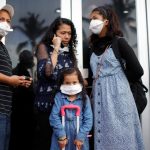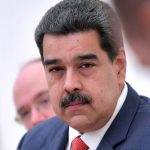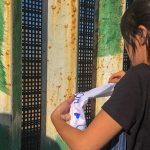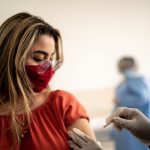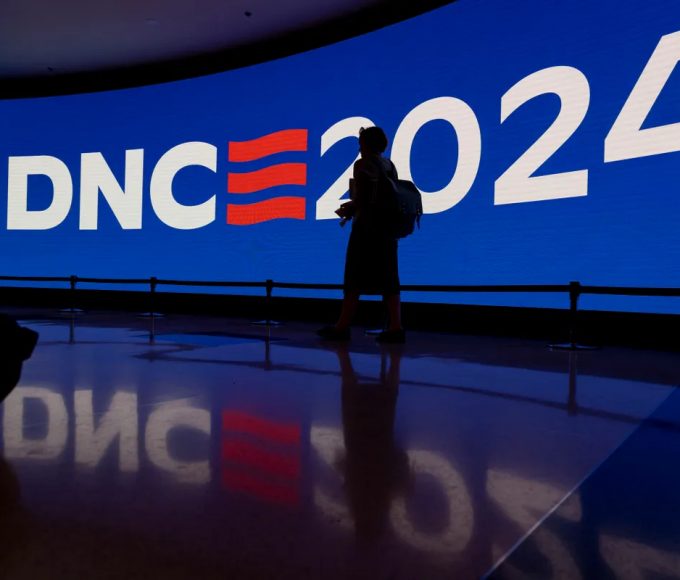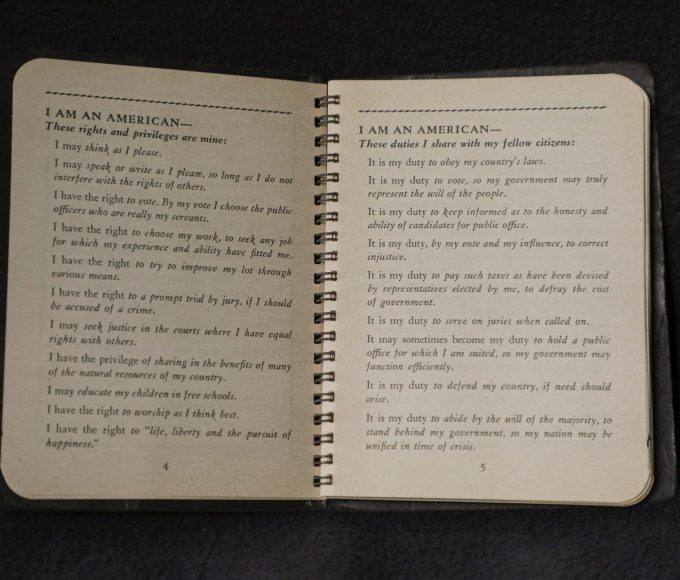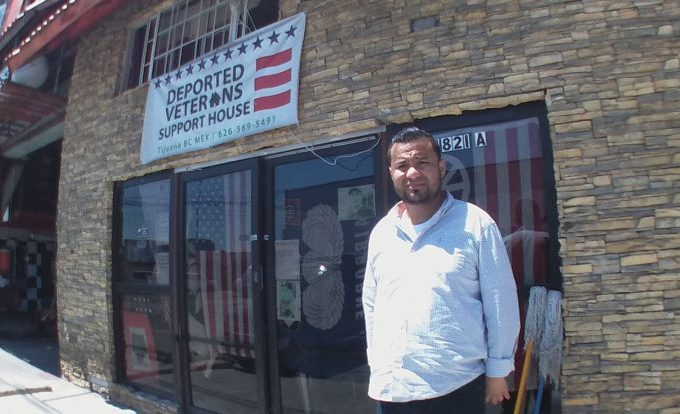In the shadow of palm trees and colonial architecture, a stark economic reality unfolds across Puerto Rico that few mainland Americans fully comprehend. Despite being home to 3.2 million U.S. citizens—a population larger than 20 states—Puerto Rico operates under a separate and fundamentally unequal federal funding system that experts identify as deliberate policy discrimination.
“While residents of Puerto Rico are U.S. citizens, federal law treats them far less favorably than residents of the states when it comes to numerous federal programs and basic democratic rights,” explains Javier Balmaceda, Senior Policy Analyst at the Center on Budget and Policy Priorities (CBPP). This inequality persists despite Puerto Rico’s staggering 40% poverty rate—nearly four times the national average and double that of Louisiana, the poorest state.
The territory’s exclusion from full participation in foundational federal programs forms a complex web of economic barriers that have contributed to decades of hardship. Unlike states, which receive open-ended federal matching funds for Medicaid based on need, Puerto Rico operates under a fixed block grant that caps federal support regardless of actual healthcare demands. “Once the block grant funding is exhausted, Puerto Rico is expected to pay the entire remaining cost of Medicaid health care services using its own funds, which is untenable given its already stretched financial resources,” Balmaceda testified before the Puerto Rico Advisory Committee of the U.S. Commission on Civil Rights.
This pattern repeats across critical safety net programs. Instead of the Supplemental Nutrition Assistance Program (SNAP), Puerto Rico receives a capped Nutrition Assistance Program (NAP) allocation. Rather than Supplemental Security Income (SSI) for elderly and disabled residents, the territory gets the drastically underfunded Aid to the Aged, Blind, and Disabled (AABD) program—where average monthly benefits are just $75 compared to over $750 for mainland SSI recipients.
The discriminatory treatment appears arbitrary when examining how federal programs operate across U.S. territories. “The federal government has chosen to afford Guam and the U.S. Virgin Islands with full participation in SNAP, just as it has opted to provide full SSI benefits in the Northern Mariana Islands,” Balmaceda points out. Even more telling, Puerto Rico actually participated in SNAP’s predecessor program from 1974 to 1982 before being removed—illustrating that inclusion or exclusion is ultimately a policy choice, not an immutable reality.
Recent initiatives have demonstrated the transformative impact of more equitable program access. The 2021 American Rescue Plan made permanent improvements to Puerto Rico’s access to the Child Tax Credit, expanding eligibility to families with one or two children—a change that made “roughly 89 percent of families with children in Puerto Rico newly eligible,” according to CBPP research. These combined permanent and temporary expansions dramatically reduced Puerto Rico’s child poverty rate from 55% to 39% in a single year.
Similarly, the law provided Puerto Rico’s first-ever federal funding for an Earned Income Tax Credit—$600 million annually, adjusted for inflation—allowing the territory to quadruple its local EITC program. This expansion alone “has helped reduce poverty in the territory by an estimated 3.7 percentage points, lifting more than 125,000 people above the federal poverty line,” Balmaceda testified.
The 2023 Consolidated Appropriations Act brought another partial victory, providing Puerto Rico with its highest-ever five-year Medicaid funding package through fiscal year 2027. “These measures combined have afforded enough resources for Puerto Rico’s Medicaid program to provide Hepatitis C drug coverage, increase reimbursement rates to specialty and primary care providers and hospitals, and increase coverage by expanding Medicaid eligibility in the territory,” Balmaceda explained. However, this improvement remains temporary—after 2027, Puerto Rico faces potential deep cuts without new congressional action.
Despite these incremental gains, advocates argue the fundamental structural inequities remain unchanged. Puerto Rico still cannot receive open-ended program funding like states, leaving its most vulnerable residents perpetually at risk during economic downturns, natural disasters, or public health emergencies—precisely when safety net programs are most essential.
The path to integration would be complex but achievable. “Even after Congressional authorization, a gradual, multi-year integration process would follow, including important steps such as statutory changes, regulation development, program design, planning phases, training for administrative staff, testing, and rollouts,” Balmaceda told the Commission. A comprehensive Department of Agriculture study estimated full SNAP implementation would take approximately ten years, while Medicaid integration could take even longer due to infrastructure development needs.
But persistent myths about Puerto Rico’s tax contributions often derail these discussions. While Puerto Rico residents are generally exempt from federal income tax, they still pay federal payroll taxes that fund Social Security and Medicare—the same taxes that partially fund many safety net programs from which they’re excluded. Puerto Rico’s government also collects local income taxes at higher rates than many states.
The economic reality for everyday Puerto Ricans remains precarious. When Carmen Rodríguez, a single mother in San Juan, needed emergency food assistance after Hurricane Maria, she discovered her monthly NAP benefit was less than half what a similarly situated family would receive through SNAP in Florida. “The federal government has chosen to marginalize Puerto Rico from these programs, yet it has also authorized the territory to operate a multitude of federal programs like any other state,” Balmaceda notes, highlighting the contradictory nature of federal policy.
As Puerto Rico continues its recovery from multiple cascading crises—from bankruptcy to hurricanes to the pandemic—the question of federal program parity remains central to the island’s economic future. The evidence suggests that when Puerto Rico receives equitable program access, poverty decreases substantially. But until permanent structural changes replace temporary fixes, Puerto Rico’s American citizens will continue their paradoxical existence—part of the United States yet systematically excluded from its most fundamental safety net programs.
 Phil ColonMarch 18, 20254 Mins read994 Views
Phil ColonMarch 18, 20254 Mins read994 Views



